I’ve worn glasses since I was 12 and I’ve never had a pair I truly liked. But I thought I’d cracked it when, a decade or so ago, a raft of cheap online retailers launched. They were selling specs at knockdown prices, marketing themselves as perfectly equivalent alternatives to rip-off designer brands. I bought a pair! They felt a little flimsy, but they looked pretty good and they cost less than a night out. My baby broke them. I bought another pair. My baby—now a toddler—broke them. “Wow, my kid is so strong,” I thought.
And then Gwyneth “I wish you well” Paltrow changed my life—or at least, my attitude to buying glasses. During her ski-crash trial, she famously wore glasses similar to serial killer Jeffrey Dahmer’s: 1970s-inspired oversized aviators. While not particularly keen to cosplay as a murderer, I was curious what spectacle brand a lady of taste like Paltrow might wear. My search took me straight to Caddis Eyewear, a U.S. brand launched in 2017. I ordered a pair, and they opened my eyes: they were substantial, but not heavy, they stayed put instead of slipping down my schnoz and, so far, they appear to be childproof.
What gives? I had been labouring under the misapprehension that pricy glasses were a con. So I decided to ask the experts. First up: Eric Dickstein, founder of Vancouver’s Dutil Eyewear. He believes there’s certainly a place for low-priced eyewear in the market—people need specs at every budget. “What I have issue with is that they’re the Robin Hoods of the optical industry,” he says. “You can’t compare a luxury car to a Kia. There’s nothing wrong with a Kia, but they’re not the same thing as a Rolls Royce. Going direct to consumers and telling people that they’re overpaying is extremely disingenuous.”
What are the specific differences between the two types of eyewear? First, there’s the materials and construction. “We deal with Italian bio-acetate, a proprietary lens that we pour ourselves, and hinges that are also proprietary,” says Tim Parr, founder of Caddis Eyewear, which explains why the glasses I bought from his company feel sturdier and more substantial than others. Dickstein says it’s also about the nuance and details. “With cheaper acetate frames, they will go out of adjustment more easily, the lenses might start popping out. If you look at a metal frame you can tell by details like the plating.”
Then there’s the style and design. Caddis Eyewear started out because Parr saw the need for cool-looking reading glasses. “The whole industry fixated on how small and lightweight and inconspicuous they could be, whereas if I have an opportunity to accessorize, I will accessorize,” he says, referring to the “apologetic moment” where people try and get their specs from their bags as quickly as possible to read a menu in public, then stow them away again. “And no one was talking about age when we started it—but how could you not, when it’s inherently embedded in why you need this?” Parr was also informed by his own background as someone who grew up with board sports, music culture, art and fashion and couldn’t find anything he wanted to actually wear when the time came for him to get readers. Caddis quickly developed a cool following including Robert Downey Jr. and Michelle Pfeiffer to go with its platform of age-positivity and began to diversify into sunglasses and prescription specs. A turning point for Dickstein was when Meryl Streep was photographed in a pair of his Dutil Eyewear glasses.
Another component that distinguishes good and bad specs? The fit. Caddis Eyewear’s prescription glasses are made to order, based on pupil-to-pupil measurement from photos. This is great for folks who can’t or won’t shop in real life (hello, it’s me), but Dickstein says it’s ideal for consumers to go to an optical store or boutique and select their frames that way. “There are variables and measurements that you can do online, but it’s never going to be better than speaking to a professional,” he says. While he does sell online, you can also buy Dutil Eyewear in dozens of locations around Canada and the U.S.
Brittany Reinbold is the owner of EXHIBIT Collectors + Creatives in Kitsilano and a third-generation optician, and she says the real-life experience is certainly the best. “It’s like buying clothing online—sizing can be hit or miss. Say you order 10 garments, maybe three or four won’t fit,” she says. “Optical is more complicated than that because you’re dealing with prescriptions and visual needs as well. Sometimes it works for people, but I do see a lot of people back after they order online.”
She specializes in by-appointment consultations to find you the perfect frame or frames. “For the most part when you come into my store, I want you just to sit down,” she says. “The first thing I need is your face. I need to have a conversation with you about how and when you’re wearing your glasses and what you want them to say.” She believes most people aren’t in the right glasses—the right shape for their face, something that fits correctly on their nose bridge. “It’s easy to see when you try on in real life what fits your face or doesn’t.”
As a curator of glasses for her store, she says she doesn’t carry designer names like Prada, Gucci or Chanel, but opts for very high-quality frames, often from indie brands. And it’s not the case that only one style of glasses will suit you. “If you say you need 10 pairs, I will find you 10 pairs,” she says.
If you’re spending a little more on your specs, you want to make sure they stay in good condition; Reinbold has a few recommendations. The first and most basic is always to keep them in a case, and never put them on a seat. “It’s not usually you [who’s] going to sit on them,” she says. Secondly, keep them out of heat: avoid hot cars, try not to wear them when you’re blow-drying your hair and even be cautious when opening the oven because you get a big blast of heat that can melt your lenses’ coating. For cleaning, a little wipe on a tissue or the end of your shirt will not do at all; there could be a grain of sand or speck of dirt there that would scratch the glass. Even those little cloths are not meant for proper cleaning; what you should be doing is washing your glasses at least once a week with dish soap and warm water. “Wash the lenses and nose bridge then rinse and use a clean cotton tea towel to dry,” she says. “This will make a world of difference.” At a pinch, you can use a lens spray, but rinse after because of the alcohol.
As a long-term and proud specs wearer, Reinbold says she can feel the attitude to glasses changing. “It was not cool when I was young. Even though I had cool glasses I didn’t want to wear them,” she says. “I have to give credit to the showbiz industry because, previously, whoever was fitting glasses for film was not great. Now they do a really phenomenal job. They’re better at showcasing glasses and making them look more stylish.” It’s true; I have on occasion Googled glasses from T.V. shows. Often people are blogging about them and cataloging them online—even the ones worn in celebrity court cases. —Aileen Lalor
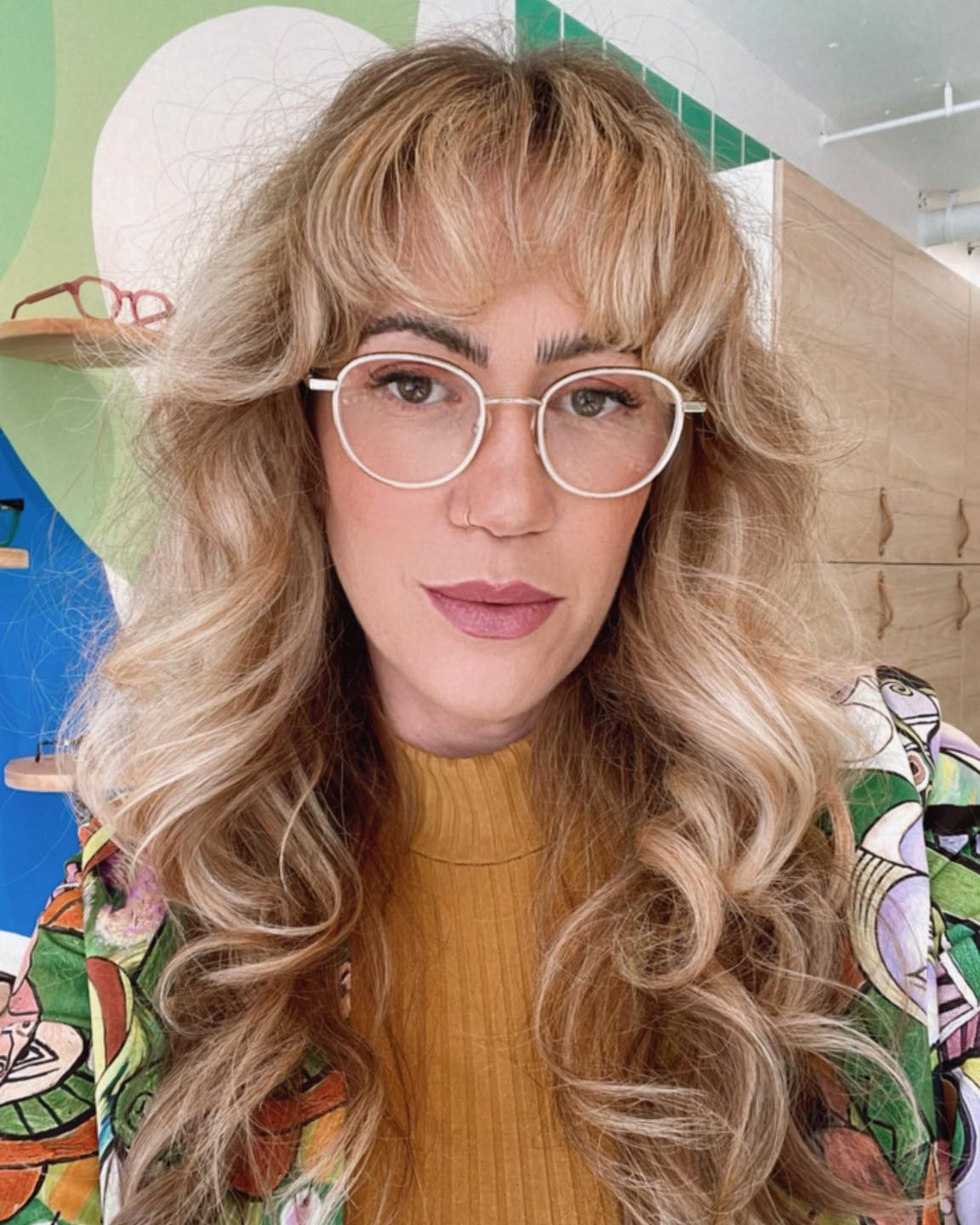

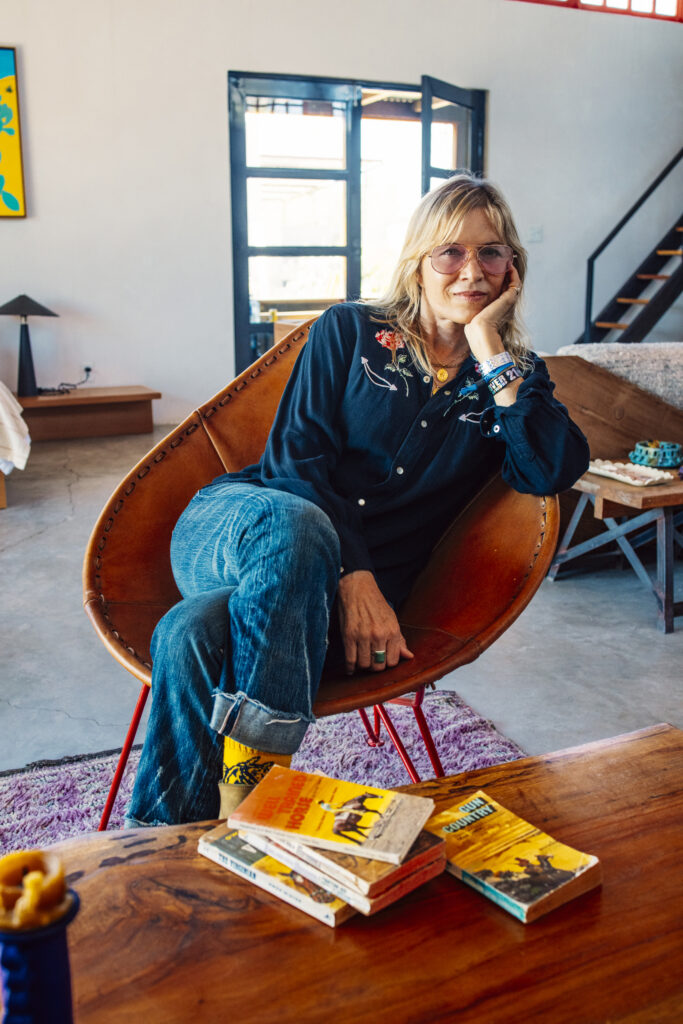
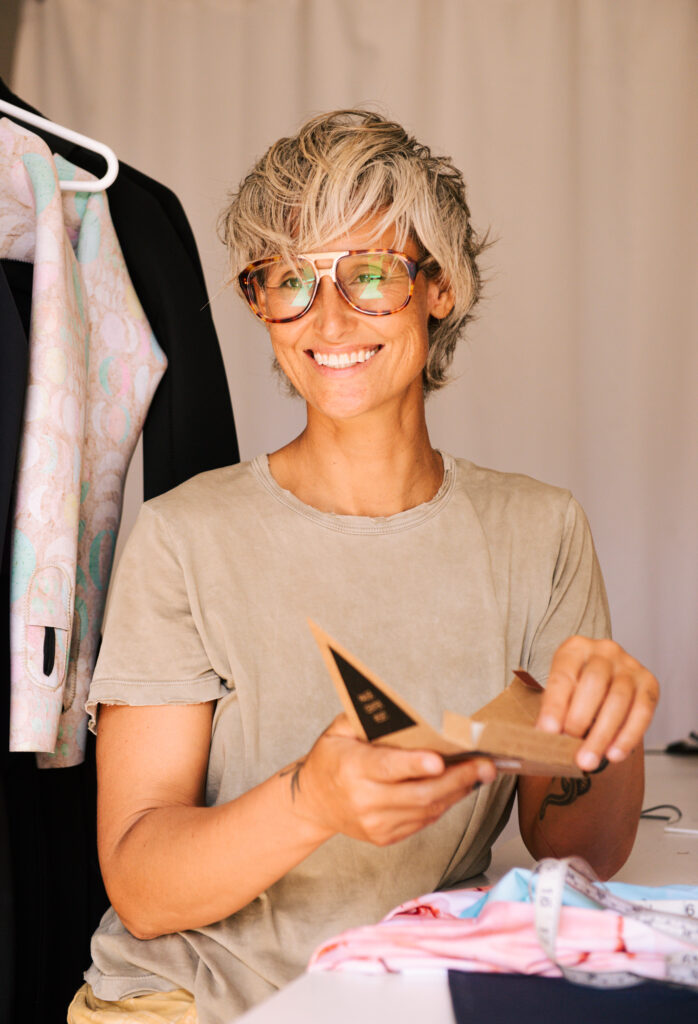

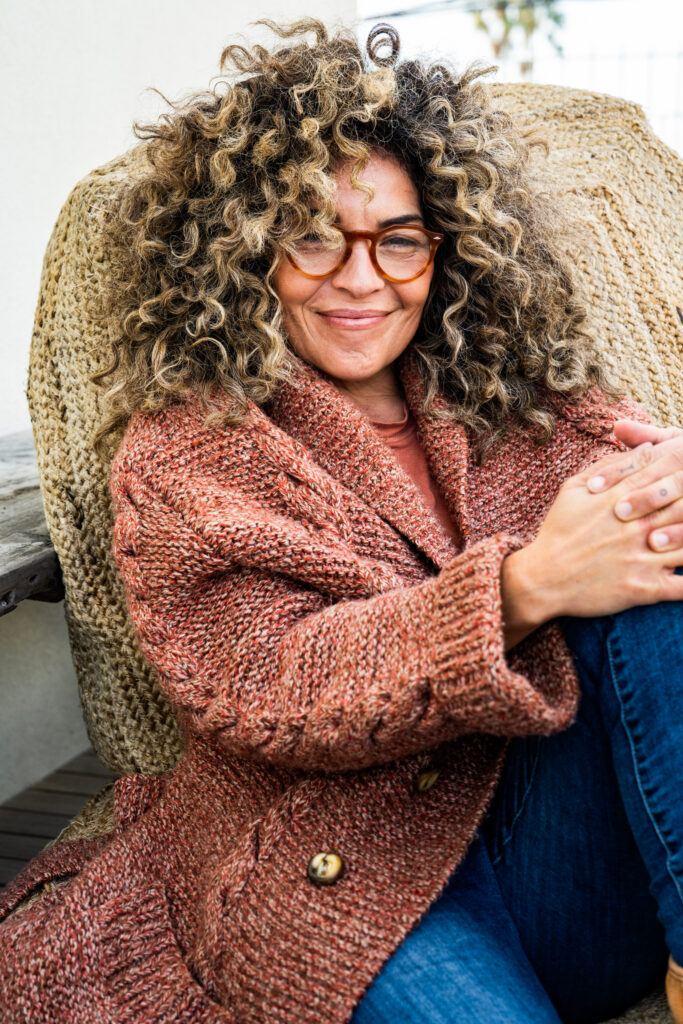
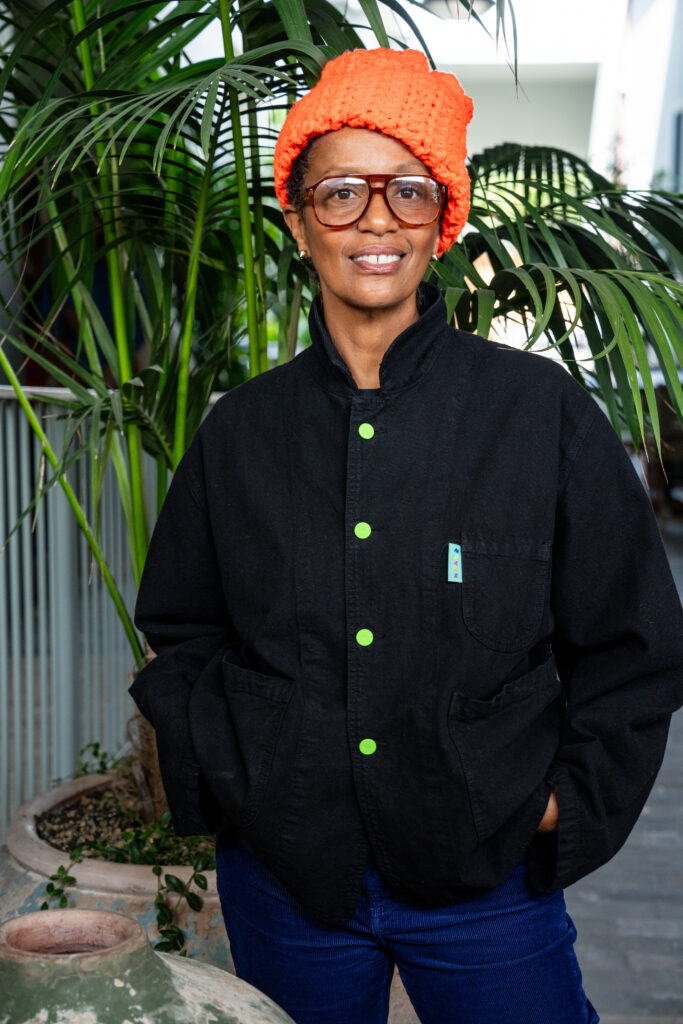
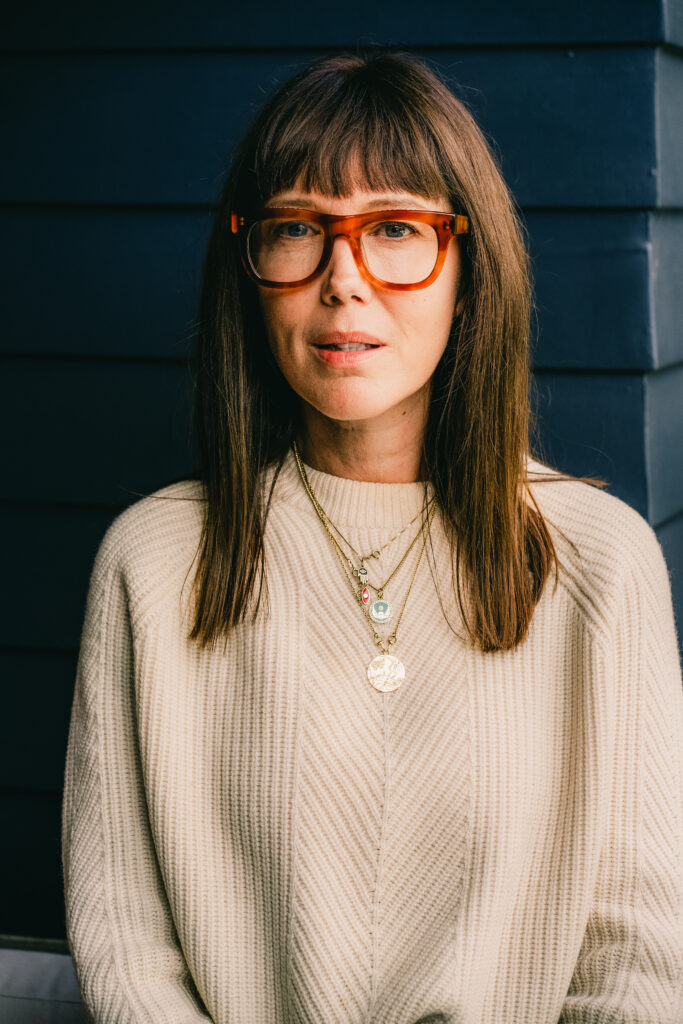
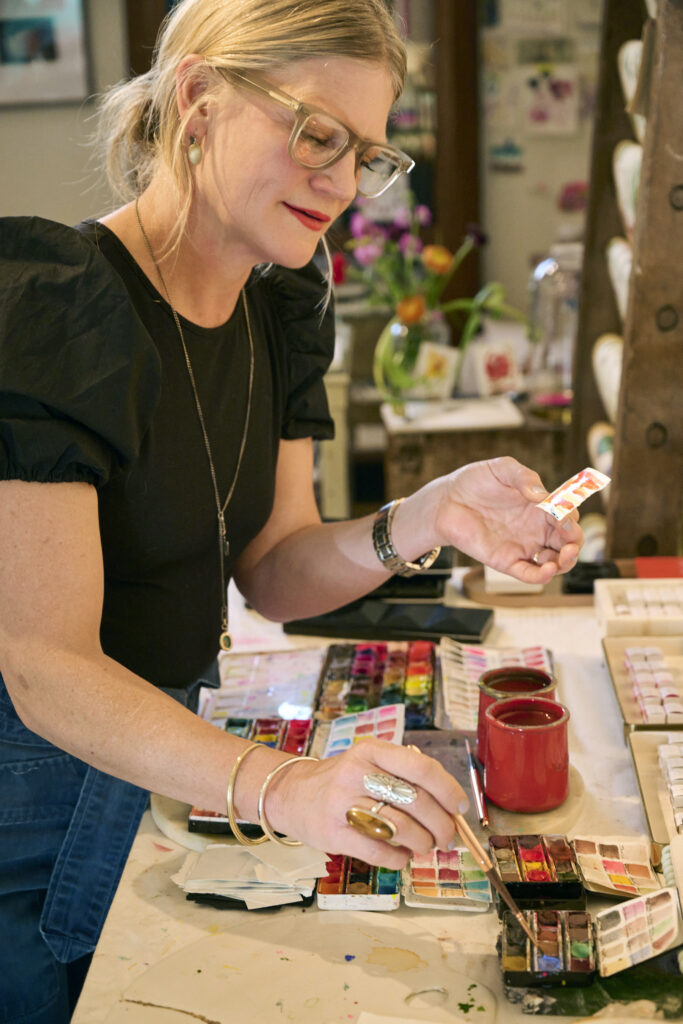
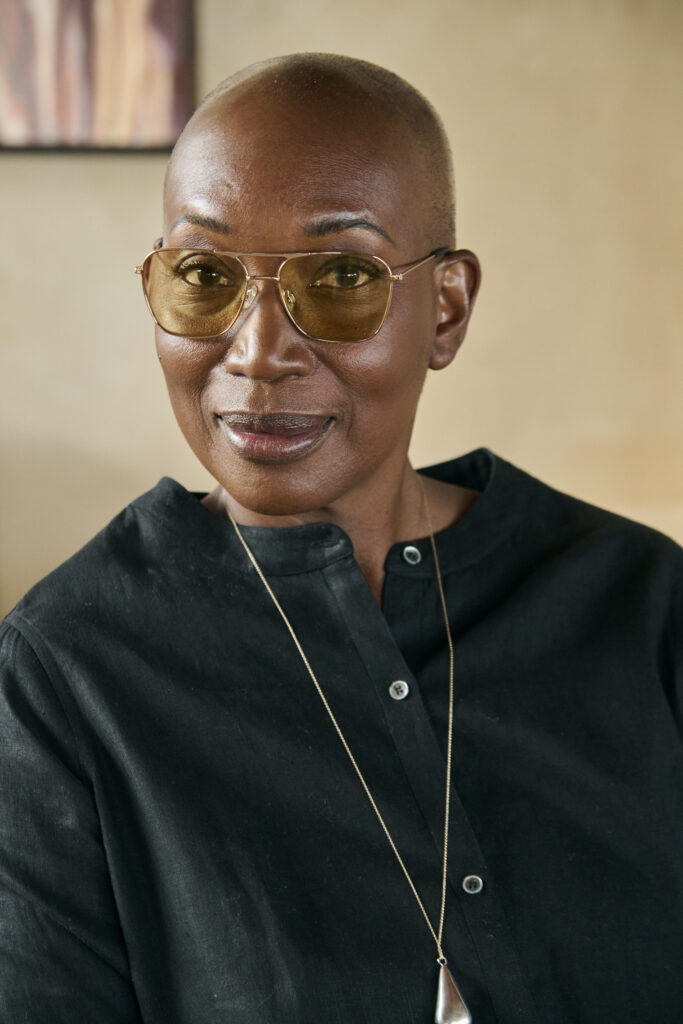
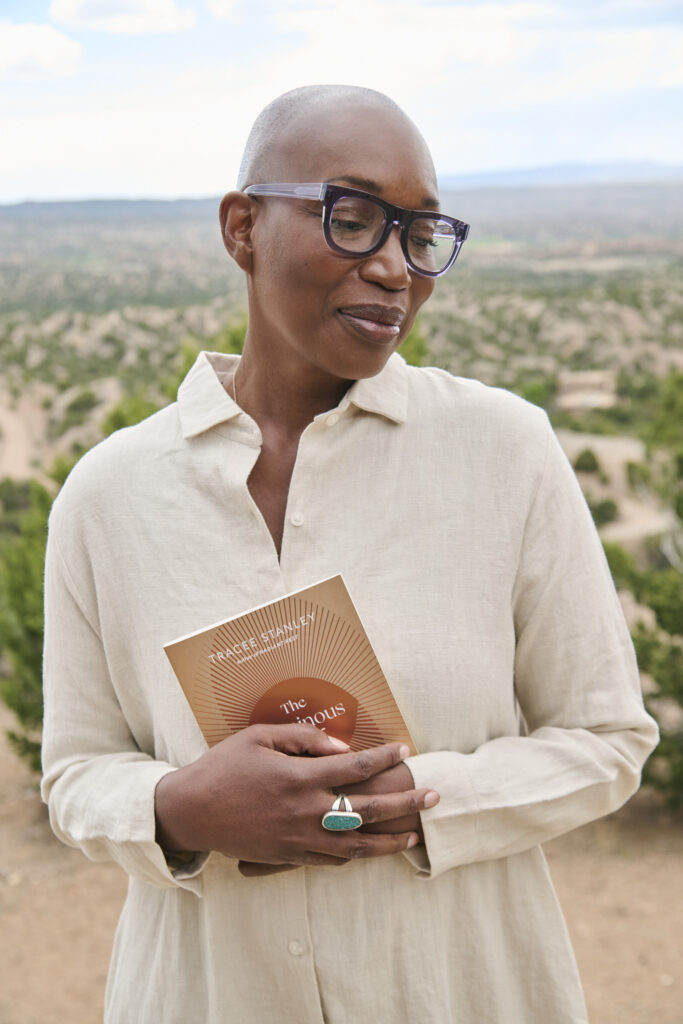
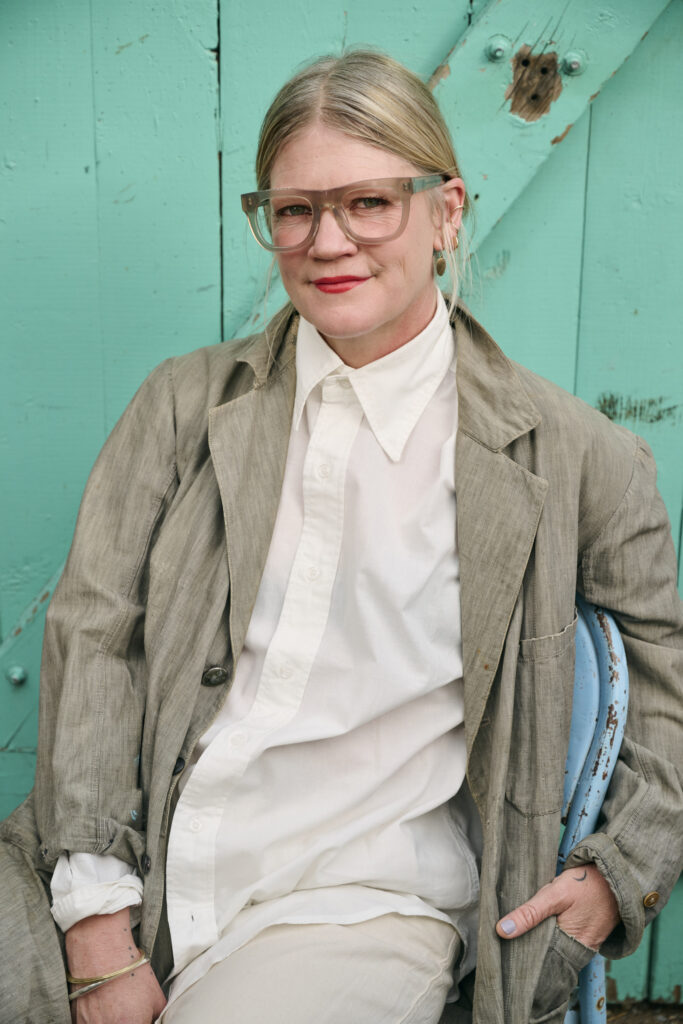
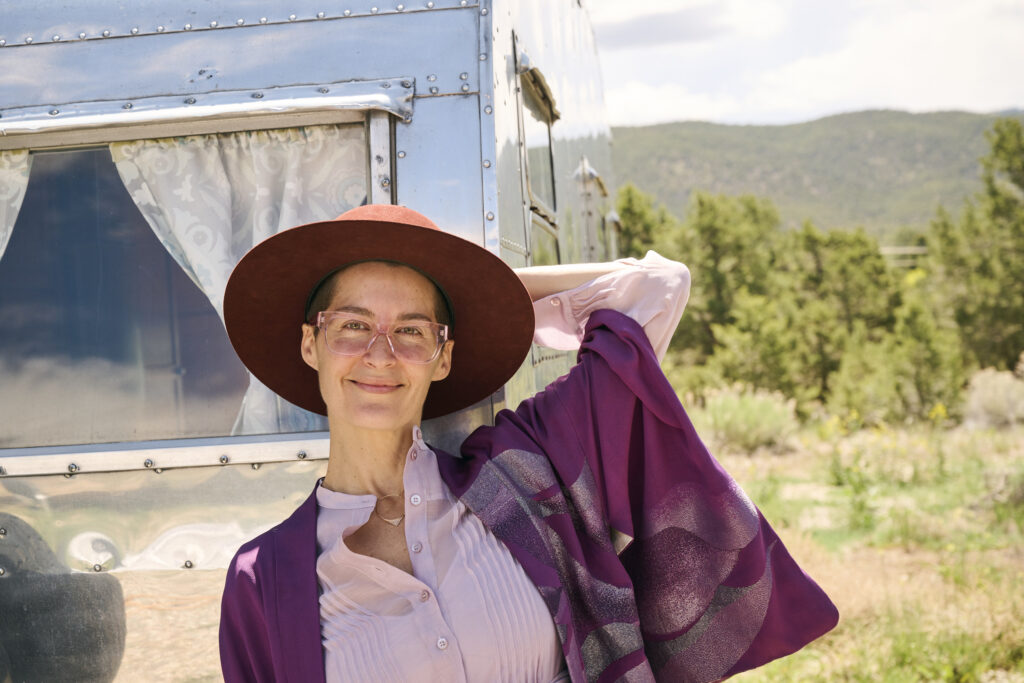
Be the first to comment